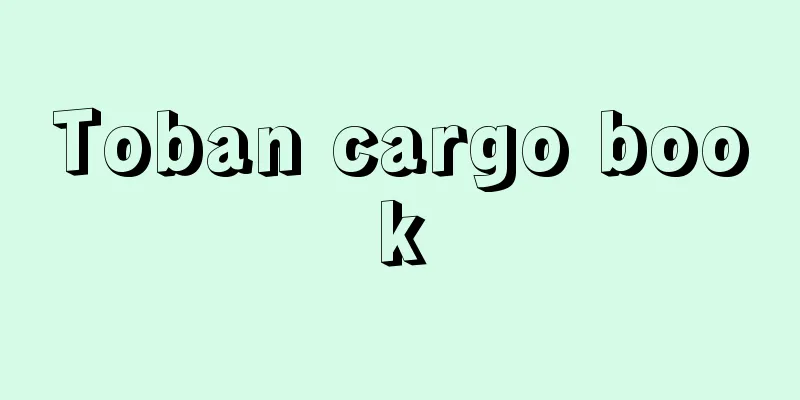A wife who doesn't eat

|
An old tale. It is one of the escape stories with the theme of defeating a man-eating monster. A miserly man takes a woman who doesn't eat as his wife. One day, he pretends to go out and checks on her, and finds her eating food with the big mouth on her head open. When he tries to drive her away, she puts him in a bucket and takes him to the mountains. The man runs away on the way. In the end, the wife turns into a snake or a mountain witch and chases him, but the man hides in a iris or mugwort and is saved. Some say that this is the origin of putting these plants under the eaves on the festival day of May 5th, while others say that the wife turned into a spider at night and came to take his life, so the man killed the spiders at night, and many other versions say that this is the origin of the fear of spiders at night. There is also a story that the mouth on the wife's head is the mouth of a snake, and it seems that the original form of this mountain witch is a snake. Both snakes and spiders are considered to be the spirits of water, and the religious essence is the same. The reason why there are many examples in which the man is the cooper is probably because the story was told by a traveling cooper. Stories about a wife who is supposed to not eat anything but eats while her husband is away are common throughout Europe and among the Spanish inhabitants of the West Indies, and some of them even agree that the wife was in fact a demon. [Yo Kojima] Source: Shogakukan Encyclopedia Nipponica About Encyclopedia Nipponica Information | Legend |
|
昔話。人を食う怪物を退治することを主題にした逃走譚(たん)の一つ。けちな男が飯を食わない女を妻にする。ある日、出かけたふりをしてうかがうと、妻は頭の上の大きな口を開き、飯を食っている。妻を追い出そうとすると、妻は男を桶(おけ)の中に入れて山に連れて行く。途中で男は逃げる。結末は、妻が蛇あるいは山姥(やまうば)になって追ってくるのを、男はショウブやヨモギの中に隠れて助かったといい、5月5日の節供にこれらの草を軒に挿す由来になっているものと、妻が、夜、蜘蛛(くも)になって命をとりにくるといったので、夜の蜘蛛を殺したといい、夜の蜘蛛を忌む由来になっているものとが多い。妻の頭の口を蛇の口とする話もあり、この山姥の原形は蛇らしい。蛇も蜘蛛も水の霊の姿とされ、宗教的本質は変わりがない。男を桶屋とする例が多いのは、旅をする桶屋が話の語り手であったからであろう。なにも食べないはずの妻が、夫の留守中にものを食べている話は、ヨーロッパ各地や西インド諸島のスペイン系住民の間に多く分布しており、なかには、妻の正体は魔物であったという点まで一致している話もある。 [小島瓔] 出典 小学館 日本大百科全書(ニッポニカ)日本大百科全書(ニッポニカ)について 情報 | 凡例 |
Recommend
Microscopium (Microscope)
Its abbreviation is Mic. It is a small constellati...
Bulatovic
Yugoslavian writer. Born in Montenegro, he lost hi...
Front Army
An operational army positioned between the Imperia...
Empidonax
...2 species), Myiarchus (crested flycatcher, 22 ...
Modern dance
A style of dance that was born out of a completely...
Ashikaga Ujimitsu
Year of death: November 4, 1398 (December 12, 1398...
Bank of France - French (English) Banque de France
The central bank of France. It was founded in Par...
Housing and Urban Development Corporation
A special corporation established on October 1, 19...
Buddha - Shaka
His birth and death dates are unknown. There are ...
Focus
〘noun〙 (from brandpunt) 1. The focal point of the ...
Bromelioideae
...The Bromeliaceae family is divided into three ...
Ionon
C 13 H 20 O (192.30). A general term that include...
Orbital floor fracture - gankashokosset
…(2) Maxillary shaft fractures are often serious ...
Axel Hägerström
1868‐1939 Swedish philosopher. Professor at Uppsal...
Andrewes, L.
…In the Elizabethan era, when the Church of Engla...









